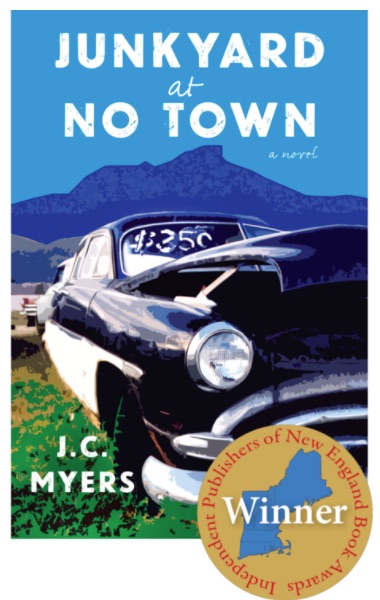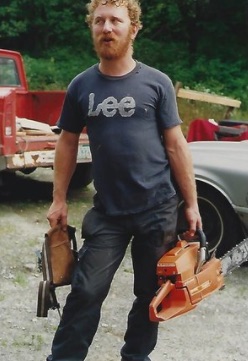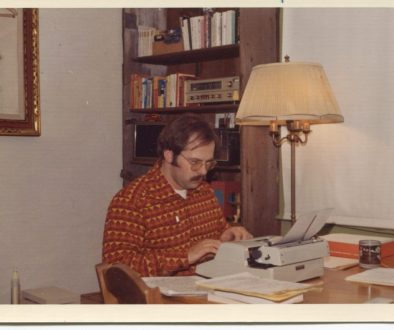“Junkyard at No Town” a Novel by J.C. Myers
There is a profound affinity between the writer and the carpenter. Each creates something with their hands and fingers. The something for a writer is a novel. On the same scale, the something for a carpenter is a house. Each something requires patience, planning, a choice of materials, a selection of methods, style, appearance. It is intricate, loving, intense work. For both, once their work is finished it is given to its owner, who is left to appreciate their handiwork but who will never know what all went into its creation.
Does a writer make a good carpenter? A carpenter a good writer? In my experience, yes. J.C. Myers proves this in his first novel, Junkyard at No Town. I can see him forming relationships with dovetails, selecting different woods and grain patterns to complement his storytelling, intricately fitting together the people with the narrative to tell his story.

A carpenter’s prime directive is, “measure twice, cut once.” A writer’s prime directive is, “revise, revise, revise, the best is yet to come.” Myers understands both. It shows. He has applied the rules of carpentry to writing so that his measurements are always accurate, his joinery is executed with great skill, his (invisible) revisions result in greater structural integrity, and his chapters are polished to such a high sheen that it make one wince, wonder, and eager to turn the page to find out what happens next.
As Delia Owens captured the marsh country in her novel of the Carolinas, Where the Crawdads Sing, and as did J.D. Vance in Hillbilly Elegy, his memoir of growing up in Appalachia, so Myers unerringly paints life in rural Vermont. After living in rural New Hampshire for many years, I saw in Myers’ novel portrayals of these straightforward New Englanders and their struggles with poverty and an absence of education with stark honesty, but also with his warm-hearted understanding, wit and panache.

And a large dose of irony. A junkyard? At No Town? This is not the Vermont many of the skiing set will ever see. Most of these characters live in trailers, have their TV sets on all the time, get in rip-roaring fights, spend their evenings in the local bar and as one says she would like to “. . . smoke some of that shit medicinally, you don’t mind.” Life is as raw and hard as the stone that gave “the Granite State” its name, yet often the irony was very humorous. These folk possess a somewhat redeemingly simple wisdom: “you always gotta do two things before you can do the one thing.” They love mystery and intrigue, but of the simple world they inhabit—assuredly not that of “L.A. Confidential”—for example, the odd tale of a stream that runs sporadically through No Town Bowl which nobody has ever seen.
As I read deeper and deeper into Junkyard at No Town, I began to wonder how the author was going to guide this wild and crazee story to any sort of satisfying ending. He did OK. Not great, not a slap-a-hand-on-the-book-and-cry-out-with-satisfaction ending, but after all it is his first novel and he really had his hands full with all the people and the sprawling plot. To his credit, he let the characters finish it their way. So even though it was just OK, still I wish I could have set it down and immediately opened the sequel.




